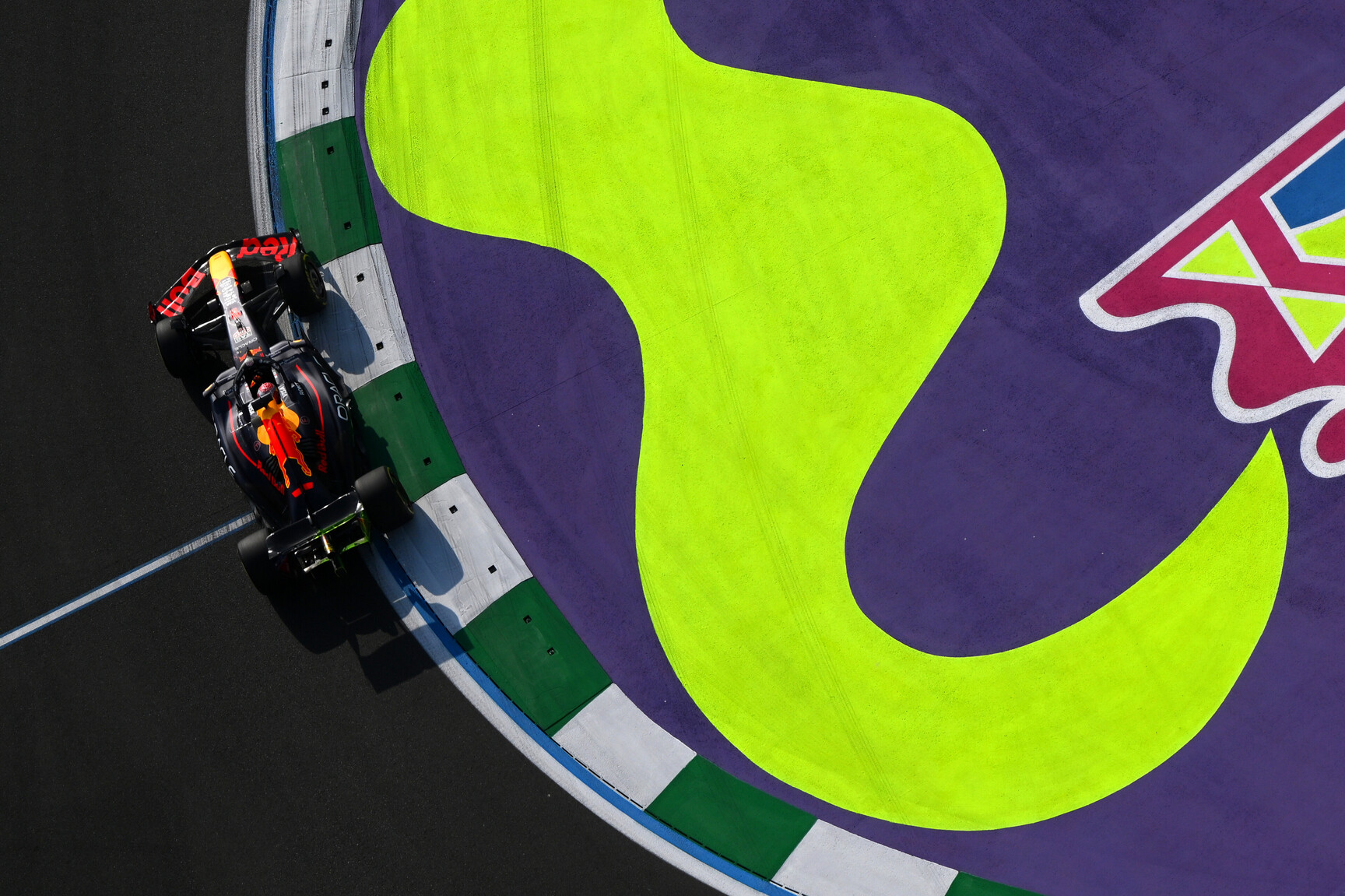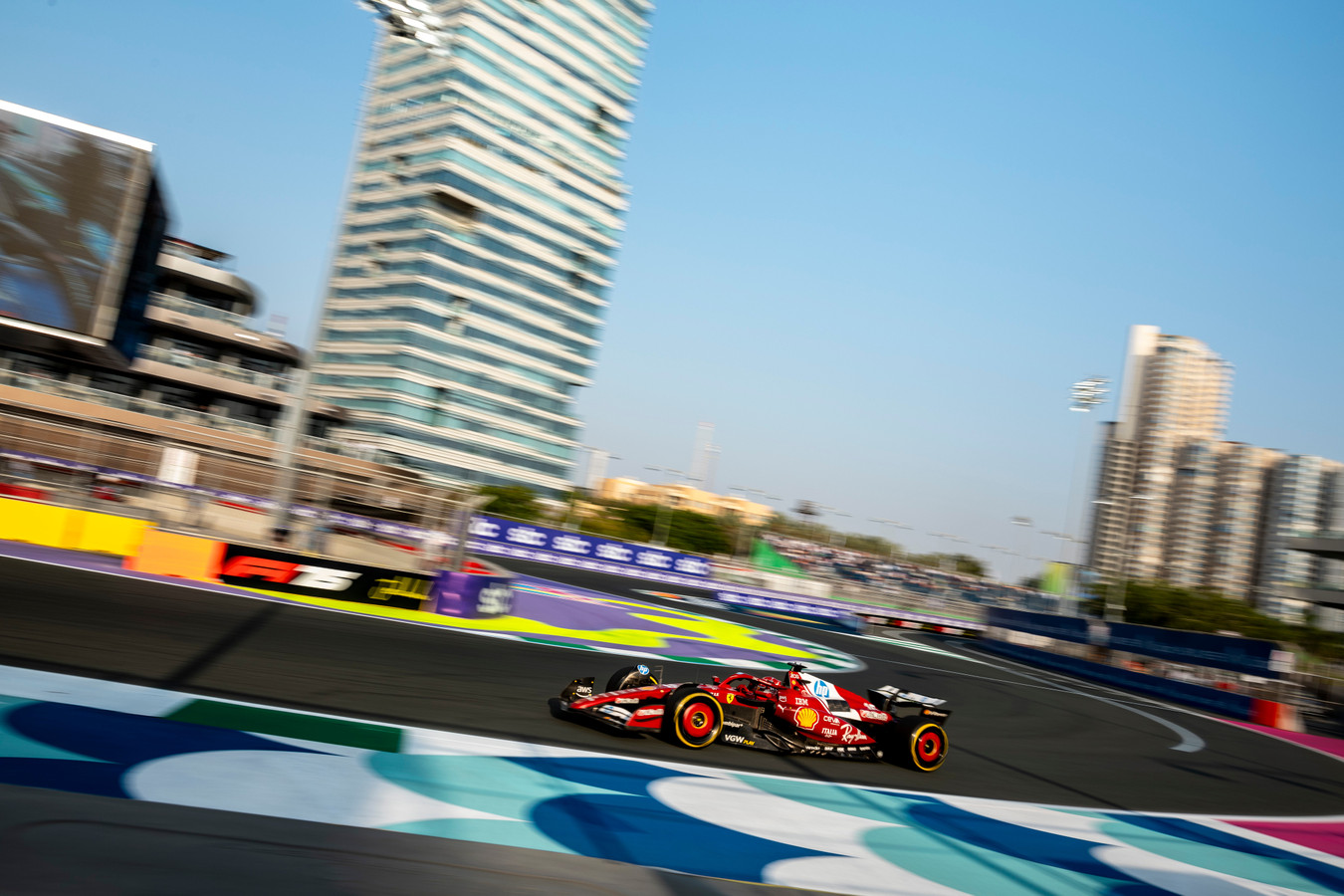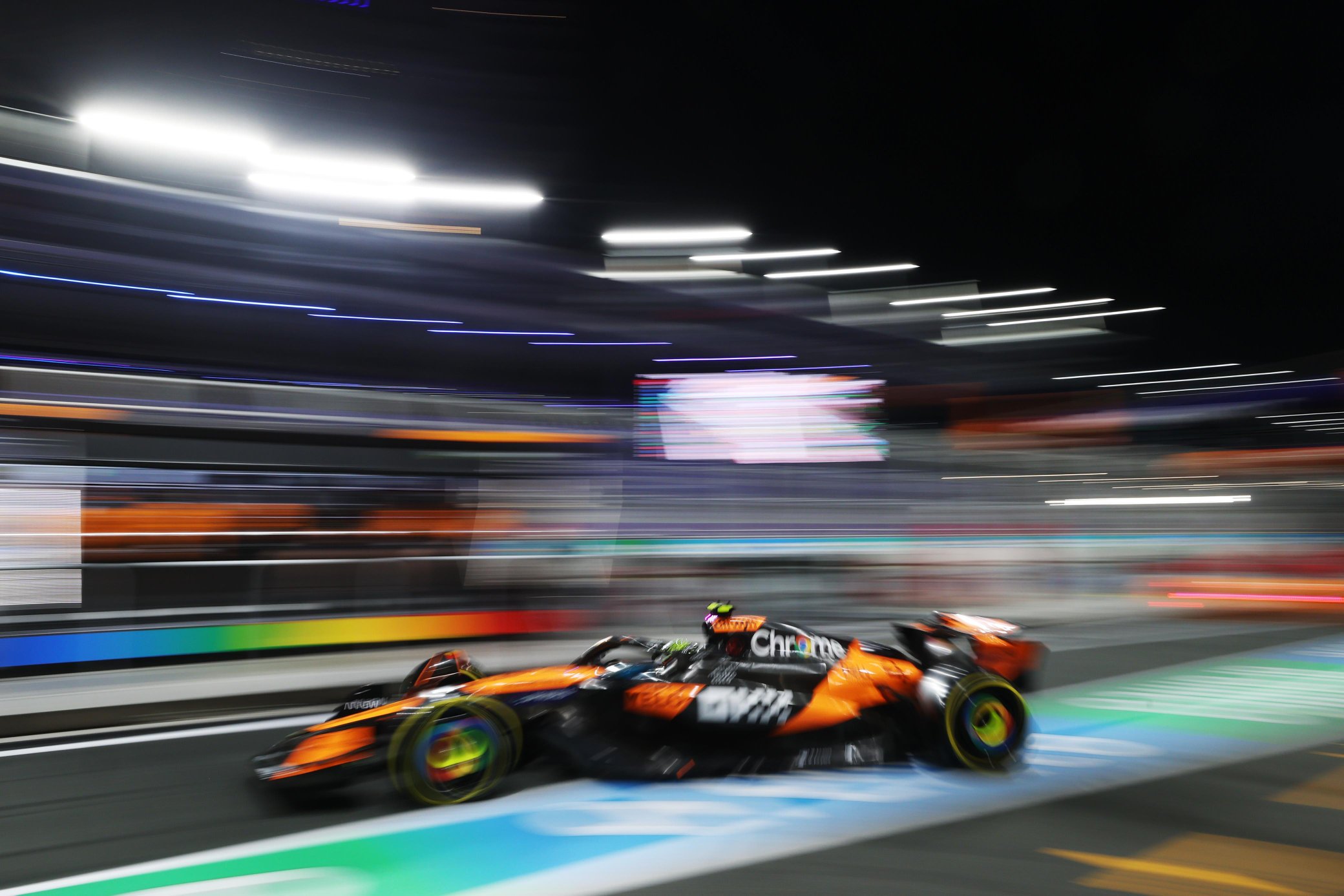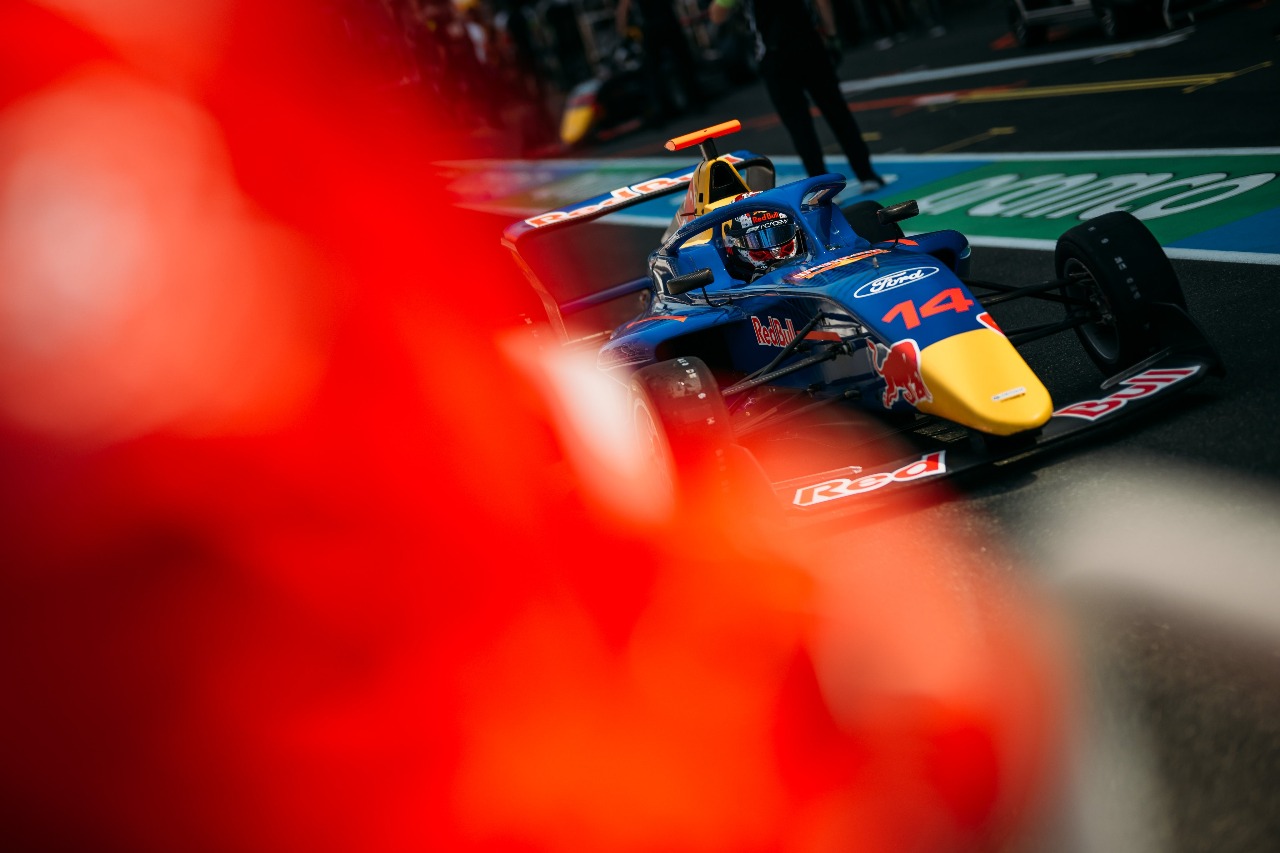By Lenny Sundahl
This is part of a recurring series looking back 20 years at one of the more eventful seasons in recent Formula 1 history. Amidst the dominant run of Michael Schumacher and Ferrari, 2003 stood out not just as the one season of his five straight titles where Schumacher was seriously challenged all season, but as a marker for several trends that shaped Formula 1 into what it is today.
The fight against Ferrari and Michael Schumacher would be waged primarily by three young drivers, on three different teams, who had all made their debut in the same season, 2001. Along each of their paths to this point, the potential for greatness was showcased.
Of the three, the most experienced by far was Williams’ Juan Pablo Montoya. The Colombian had been their test driver since 1998, having missed out on the 1997 Formula 3000 title by just 1.5 points to Ricardo Zonta, and while still testing in Formula One took the 1998 F3000 championship.
For his efforts, however, he did not take a race seat at Williams when both previous drivers departed. Rather, Montoya would be sent to America, a trade made with Chip Ganassi’s CART team to secure the services of defending two-time champion Alex Zanardi. While Zanardi fizzled out in his one season back in Europe, Montoya was immediately fighting at the top, winning the CART championship in 1999 and the Indianapolis 500 in 2000. Returning to Williams as a race driver for 2001, he took his first win at Monza and finished third on the season—the best non-Ferrari—in 2002.
By far the most inexperienced was Kimi Raikkonen. When Montoya won his CART title in 1999, Raikkonen was only just coming out of karting into racing full-size cars. Yet, in a season and change in Formula Renault UK, he had dominated to the tune 13 wins from 20 races, and after a series of tests with Sauber, a provisional superlicense was granted. Raikkonen immediately made good on the promise with sixth at Melbourne—his first Formula One race—and finished tenth in points. Snapped up by McLaren for 2002 to replace the retired Mika Hakkinen, Raikkonen finished sixth with his first four podiums and a near-win at Magny-Cours.
Fernando Alonso’s 2001 was spent in the back of the grid at Minardi, but this was not necessarily for budgetary reasons, and definitely not for lack of talent. He came under their umbrella on the heels of winning the 1999 World Series by Nissan—the eventual Formula Renault 3.5, and one of the first drivers to use that as a stepping stone to F1—and as a junior driver for Minardi took one win and finished fourth in Formula 3000 in 2000. His best finish was just 10th at Hockenheim in 2001, but he still impressed enough to be taken on by Renault as a dedicated test driver for 2002, helping the French carmaker get back to speed after buying the former Benetton team to return as a full constructor.
It would be these three that looked most poised to threaten Michael Schumacher and Ferrari in 2003. All three had scored points at Melbourne—with Montoya almost winning, and both he and Raikkonen on the podium—and they would all reach the top step of the podium in short time.

Photo: Formula1.com




